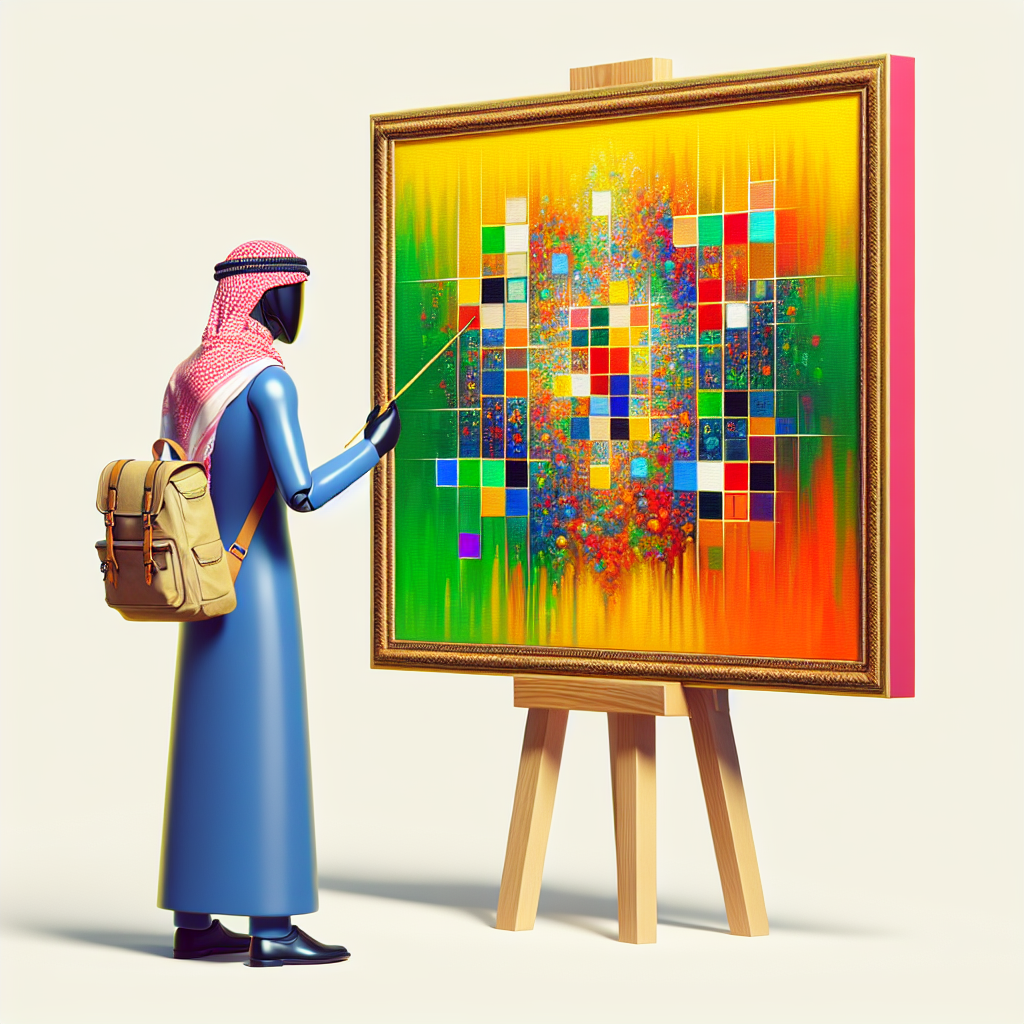Welcome to this article on using the Moondream2 vision language model—designed to run smoothly on edge devices! Whether you’re curious to analyze images or want to integrate visual understanding into your applications, this guide has got you covered.
Understanding the Moondream2 Model
Imagine Moondream2 as an insightful art critic who can analyze artwork (images) and provide a descriptive narration based on what it sees. It’s highly efficient, running on edge devices as if it were a minimalist artist carrying only the essentials in a small backpack. In this analogy, the image is your canvas, and Moondream2 acts as a mentor guiding you through the artwork’s intricacies by discussing colors, shapes, and emotions conveyed through each stroke (or pixel).
Getting Started: Installation
To begin using Moondream2, you need to install a couple of essential libraries. Here’s how you do it in a snap:
pip install transformers einops
Example Code to Use Moondream2
Once you have the libraries installed, here’s the magic potion (code snippet) you need to invoke Moondream2:
from transformers import AutoModelForCausalLM, AutoTokenizer
from PIL import Image
model_id = "vikhyatk/moondream2"
revision = "2024-07-23"
model = AutoModelForCausalLM.from_pretrained(
model_id, trust_remote_code=True, revision=revision
)
tokenizer = AutoTokenizer.from_pretrained(model_id, revision=revision)
image = Image.open('')
enc_image = model.encode_image(image)
print(model.answer_question(enc_image, "Describe this image.", tokenizer))
Breaking Down the Code
1. Import Required Libraries: Like preparing your artist’s studio, you need to gather your paintbrushes (libraries) to bring your vision to life.
2. Model and Tokenizer Initialization: Think of this step as introducing the critic (Moondream2) to the artwork. You prepare it by specifying the model ID and revision to make sure it interprets the art correctly.
3. Image Encoding: This is akin to having the critic examine the artwork closely, noting every detail that will contribute to their analysis.
4. Answering Questions: Finally, you ask the critic to share their thoughts on the artwork. You get a descriptive response based on what the model could interpret from the image.
Troubleshooting Tips
While working with advanced models can sometimes be tricky, here are some troubleshooting tips to help ease any bumps along the way:
– Model Loading Issues: If you encounter problems loading the model, check your internet connection and ensure that the model ID is correctly specified.
– Image Format Problems: Ensure that the image file path is correct, and the image format is supported (like JPEG, PNG).
– Dependency Conflicts: If you face issues with library imports, consider reinstalling your libraries or confirming that you’re using a compatible version of Python.
– Performance Optimization: Since Moondream2 is designed for edge devices, ensure that your device meets the necessary specifications to handle the model efficiently.
For more troubleshooting questions/issues, contact our fxis.ai data scientist expert team.
The Importance of Model Versioning
As Moondream2 is updated regularly, it’s crucial to pin to a specific model version—just like how an artist might stick with a particular style before changing approaches. This ensures you have stable functionality and consistent performance tailored for your applications.
Now go ahead and explore the creative possibilities with Moondream2! Whether it’s for art analysis or advanced image processing, you’re better equipped to leverage this impressive model.

